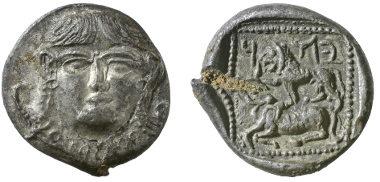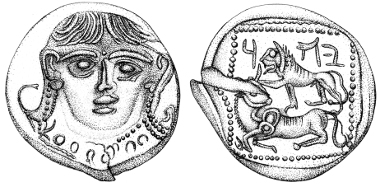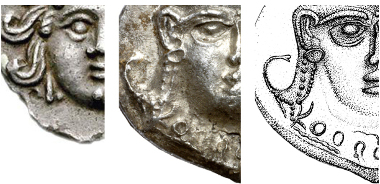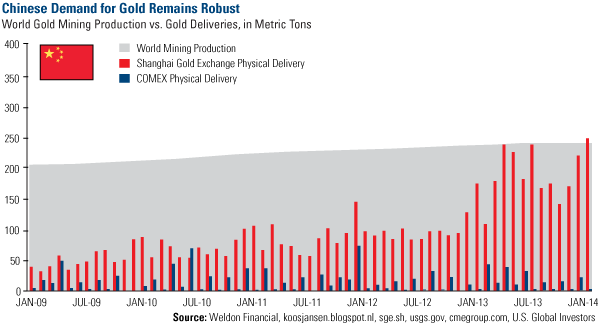
It's easy to understand exactly when gold will soar. Gold will soar when the banks lose control of the narrative.
So what does that mean?
Answer this: Are the Big Banks basically sound, or basically bankrupt and being supported by the Central Banks - which means by your tax dollars?
Which is it?
Are they really recording record earnings? What's the quality of those earnings? Are they GAAP earnings? Or are they based on excluding all "one time" losses, and just counting "ongoing" profits?
Is it possible to know the answers to these questions?
No. Because a) the bank balance sheets are byzantine tomes designed so even their own lawyers can't read all of it. And B) the banks control the public discourse.
How do they do this? They own all the media outlets. Whom do they own?
NBC MSNBC CNBC were all owned by GE which derives all of its profits from financial services, until they were bought by Comcast which is a Media/Fincancial Service Conglomerate so large it defies easy analysis. But is is owned (Publicly) by a consortium of major banks including Shroder's, JP Morgan, Vanguard, Black Rock etc.
FOX and all it's outlets are owned by Rupert Murdoch's Newscorp. Newscorp is a media empire with close ties to JP Morgan and Goldman Sachs, and it controls many major financial news sources such as Dow Jones, Wall Street Journal, Barrons, Market Watch etc etc. And like all major public corps of this size, they are also owned by the major banks and financial institutions like Barclays, Vanguard, State Street, etc.
ABC is owned by Disney, another major media empire which makes most of its profits through real estate investments and development throughout the world. Disney's Corporate Treasury manages over $1 billion of working capital ... for its commercial real estate loan origination and underwriting group in Los Angeles.
CNN and many other outlets were owned by Time Warner Inc which is now owned by Comcast too.
Now, if you listen to the garbage promoted by schills of these companies you'd think some of them were "liberal" and others "Conservative." You'd spend countless hours arguing ineffectually about the liberal media or the the conservative media.
You'd be missing the point. All these outlets serve one master: The Financial Industry which is to say the Big Banks who underwrite, invest, manage, advise and control the financial working of all of these Media Empires. It's not a vast conspiracy. It's just the way things work in a financial system that has nothing to do with Capitalism or Socialism. It's a Banking Plutocracy. It's always been a Banking Plutocracy.
Though the banks weren't able to reach full power until until Donal Regan (former CEO of Merrill Lynch) began to dismantle the regulatory system under Reagan and Robert Rubin (Former CEO of Goldman Sachs) finished the job by trashing Glass Steagall under Clinton. When it comes to the one thing that really matters in the economy the Democrats and the Republicans agree whole-heartedly.
The politics are theater. The economics are monolithic.
And they are all invested heavily in the message that the Big Banks are sound, the economy is sound, the financial system is sound.
And yet: People live in the world. People understand that their own specific financial conditions are precarious and eroding. People can be conditioned to think and say this or that. But at some point people, as living sentient beings, realize that things are different from how they are being portrayed.
At some point the Banking/Media conglomerate loses control of the narrative.
That's when gold will soar.
And not because an impoverished populace will go out and buy gold. They can't afford it. But because the central banks themselves that are now loading up on Gold in advance of the inevitable: China, and the Pacific Rim countries, as well as certain Western Hedge Funds, will squeeze the exchanges like the Comex that haven't any to support the trillions of paper gold they are "clearing."
The narrative will be lost, and the vultures preparing for this event will squeeze the markets.
That's when gold will soar.



 because they can.
because they can.



 ..
.. 
























 140 Comments
140 Comments

